Visualization
Analysis & Design
�
A K PETERS VISUALIZATION SERIES
Series Editor: Tamara Munzner
Visualization Analysis and Design
Tamara Munzner
2014
�
Visualization
Analysis & Design
Tamara Munzner
Department of Computer Science
University of British Columbia
Illustrations by Eamonn Maguire
Boca Raton London New York
CRC Press is an imprint of the
Taylor & Francis Group, an informa business
A N A K P E T E R S B O O K
�
Cover art: Genesis 6-3-00, by Aribert Munzner. Casein on paperboard, 26” × 20”, 2000. http://www.aribertmunzner.com
CRC Press
Taylor & Francis Group
6000 Broken Sound Parkway NW, Suite 300
Boca Raton, FL 33487-2742
© 2015 by Taylor & Francis Group, LLC
CRC Press is an imprint of Taylor & Francis Group, an Informa business
No claim to original U.S. Government works
Printed on acid-free paper
Version Date: 20140611
International Standard Book Number-13: 978-1-4665-0891-0 (Hardback)
This book contains information obtained from authentic and highly regarded sources. Reasonable efforts have been made to publish reliable data and information, but
the author and publisher cannot assume responsibility for the validity of all materials or the consequences of their use. The authors and publishers have attempted to
trace the copyright holders of all material reproduced in this publication and apologize to copyright holders if permission to publish in this form has not been obtained.
If any copyright material has not been acknowledged please write and let us know so we may rectify in any future reprint.
Except as permitted under U.S. Copyright Law, no part of this book may be reprinted, reproduced, transmitted, or utilized in any form by any electronic, mechanical,
or other means, now known or hereafter invented, including photocopying, microfilming, and recording, or in any information storage or retrieval system, without
written permission from the publishers.
For permission to photocopy or use material electronically from this work, please access www.copyright.com (http://www.copyright.com/) or contact the Copyright
Clearance Center, Inc. (CCC), 222 Rosewood Drive, Danvers, MA 01923, 978-750-8400. CCC is a not-for-profit organization that provides licenses and registration for a
variety of users. For organizations that have been granted a photocopy license by the CCC, a separate system of payment has been arranged.
Trademark Notice: Product or corporate names may be trademarks or registered trademarks, and are used only for identification and explanation without intent to
infringe.
Library of Congress Cataloging‑in‑Publication Data
Munzner, Tamara.
Visualization analysis and design / Tamara Munzner, Department of Computer Science, University of British Columbia.
pages cm -- (A K Peters visualization series)
Includes bibliographical references and index.
ISBN 978-1-4665-0891-0 (alk. paper)
1. Information visualization. I. Title.
QA76.9.I52M86 2015
001.4’226--dc23
Visit the Taylor & Francis Web site at
http://www.taylorandfrancis.com
and the CRC Press Web site at
http://www.crcpress.com
2014020715
�
Contents
Preface
Why a New Book? . . . . . . . . . . . . . . . . . . . . . . . . . . . . . . . . . . . . . . .
Existing Books . . . . . . . . . . . . . . . . . . . . . . . . . . . . . . . . . . . . . . . . .
Audience . . . . . . . . . . . . . . . . . . . . . . . . . . . . . . . . . . . . . . . . . . . .
Who’s Who . . . . . . . . . . . . . . . . . . . . . . . . . . . . . . . . . . . . . . . . . . .
Structure: What’s in This Book . . . . . . . . . . . . . . . . . . . . . . . . . . . . . . .
What’s Not in This Book . . . . . . . . . . . . . . . . . . . . . . . . . . . . . . . . . . .
Acknowledgments . . . . . . . . . . . . . . . . . . . . . . . . . . . . . . . . . . . . . . .
1 What’s Vis, and Why Do It?
1.1
The Big Picture . . . . . . . . . . . . . . . . . . . . . . . . . . . . . . . . . . . . .
1.2 Why Have a Human in the Loop? . . . . . . . . . . . . . . . . . . . . . . . . . .
1.3 Why Have a Computer in the Loop? . . . . . . . . . . . . . . . . . . . . . . . . .
1.4 Why Use an External Representation? . . . . . . . . . . . . . . . . . . . . . . .
1.5 Why Depend on Vision? . . . . . . . . . . . . . . . . . . . . . . . . . . . . . . . .
1.6 Why Show the Data in Detail? . . . . . . . . . . . . . . . . . . . . . . . . . . . .
1.7 Why Use Interactivity? . . . . . . . . . . . . . . . . . . . . . . . . . . . . . . . . .
1.8 Why Is the Vis Idiom Design Space Huge? . . . . . . . . . . . . . . . . . . . . .
1.9 Why Focus on Tasks? . . . . . . . . . . . . . . . . . . . . . . . . . . . . . . . . .
1.10 Why Focus on Effectiveness? . . . . . . . . . . . . . . . . . . . . . . . . . . . . .
1.11 Why Are Most Designs Ineffective? . . . . . . . . . . . . . . . . . . . . . . . . . .
1.12 Why Is Validation Difficult? . . . . . . . . . . . . . . . . . . . . . . . . . . . . . .
1.13 Why Are There Resource Limitations? . . . . . . . . . . . . . . . . . . . . . . . .
1.14 Why Analyze? . . . . . . . . . . . . . . . . . . . . . . . . . . . . . . . . . . . . . .
1.15 Further Reading . . . . . . . . . . . . . . . . . . . . . . . . . . . . . . . . . . . .
2 What: Data Abstraction
2.1
The Big Picture . . . . . . . . . . . . . . . . . . . . . . . . . . . . . . . . . . . . .
2.2 Why Do Data Semantics and Types Matter? . . . . . . . . . . . . . . . . . . . .
2.3 Data Types . . . . . . . . . . . . . . . . . . . . . . . . . . . . . . . . . . . . . . .
2.4 Dataset Types . . . . . . . . . . . . . . . . . . . . . . . . . . . . . . . . . . . . . .
2.4.1 Tables . . . . . . . . . . . . . . . . . . . . . . . . . . . . . . . . . . . . . .
2.4.2 Networks and Trees . . . . . . . . . . . . . . . . . . . . . . . . . . . . . .
Trees . . . . . . . . . . . . . . . . . . . . . . . . . . . . . . . . .
2.4.2.1
xv
xv
xvi
xvii
xviii
xviii
xx
xx
1
1
2
4
6
6
7
9
10
11
11
12
14
14
16
18
20
21
21
23
24
25
26
27
v
�
vi
Contents
2.4.3 Fields . . . . . . . . . . . . . . . . . . . . . . . . . . . . . . . . . . . . . .
2.4.3.1
Spatial Fields . . . . . . . . . . . . . . . . . . . . . . . . . . . .
2.4.3.2 Grid Types . . . . . . . . . . . . . . . . . . . . . . . . . . . . .
2.4.4 Geometry . . . . . . . . . . . . . . . . . . . . . . . . . . . . . . . . . . . .
2.4.5 Other Combinations . . . . . . . . . . . . . . . . . . . . . . . . . . . . . .
2.4.6 Dataset Availability . . . . . . . . . . . . . . . . . . . . . . . . . . . . . .
Attribute Types . . . . . . . . . . . . . . . . . . . . . . . . . . . . . . . . . . . . .
2.5.1 Categorical
. . . . . . . . . . . . . . . . . . . . . . . . . . . . . . . . . . .
2.5.2 Ordered: Ordinal and Quantitative . . . . . . . . . . . . . . . . . . . . .
Sequential versus Diverging . . . . . . . . . . . . . . . . . . .
2.5.2.1
2.5.2.2 Cyclic . . . . . . . . . . . . . . . . . . . . . . . . . . . . . . . .
2.5.3 Hierarchical Attributes . . . . . . . . . . . . . . . . . . . . . . . . . . . .
Semantics . . . . . . . . . . . . . . . . . . . . . . . . . . . . . . . . . . . . . . . .
2.6.1 Key versus Value Semantics . . . . . . . . . . . . . . . . . . . . . . . . .
2.6.1.1
Flat Tables . . . . . . . . . . . . . . . . . . . . . . . . . . . . .
2.6.1.2 Multidimensional Tables . . . . . . . . . . . . . . . . . . . . .
Fields . . . . . . . . . . . . . . . . . . . . . . . . . . . . . . . .
2.6.1.3
2.6.1.4
Scalar Fields . . . . . . . . . . . . . . . . . . . . . . . . . . . .
2.6.1.5 Vector Fields . . . . . . . . . . . . . . . . . . . . . . . . . . . .
Tensor Fields . . . . . . . . . . . . . . . . . . . . . . . . . . . .
2.6.1.6
2.6.1.7
Field Semantics . . . . . . . . . . . . . . . . . . . . . . . . . .
2.6.2 Temporal Semantics . . . . . . . . . . . . . . . . . . . . . . . . . . . . . .
Time-Varying Data . . . . . . . . . . . . . . . . . . . . . . . . .
Further Reading . . . . . . . . . . . . . . . . . . . . . . . . . . . . . . . . . . . .
2.6.2.1
2.5
2.6
2.7
3 Why: Task Abstraction
Present
3.1
The Big Picture . . . . . . . . . . . . . . . . . . . . . . . . . . . . . . . . . . . . .
3.2 Why Analyze Tasks Abstractly? . . . . . . . . . . . . . . . . . . . . . . . . . . .
3.3 Who: Designer or User
. . . . . . . . . . . . . . . . . . . . . . . . . . . . . . . .
Actions . . . . . . . . . . . . . . . . . . . . . . . . . . . . . . . . . . . . . . . . . .
3.4
3.4.1 Analyze . . . . . . . . . . . . . . . . . . . . . . . . . . . . . . . . . . . . .
3.4.1.1 Discover . . . . . . . . . . . . . . . . . . . . . . . . . . . . . . .
3.4.1.2
. . . . . . . . . . . . . . . . . . . . . . . . . . . . . . .
3.4.1.3 Enjoy . . . . . . . . . . . . . . . . . . . . . . . . . . . . . . . .
3.4.2 Produce . . . . . . . . . . . . . . . . . . . . . . . . . . . . . . . . . . . . .
3.4.2.1 Annotate
. . . . . . . . . . . . . . . . . . . . . . . . . . . . . .
3.4.2.2 Record . . . . . . . . . . . . . . . . . . . . . . . . . . . . . . . .
3.4.2.3 Derive . . . . . . . . . . . . . . . . . . . . . . . . . . . . . . . .
3.4.3 Search . . . . . . . . . . . . . . . . . . . . . . . . . . . . . . . . . . . . . .
Lookup . . . . . . . . . . . . . . . . . . . . . . . . . . . . . . .
3.4.3.1
3.4.3.2
Locate . . . . . . . . . . . . . . . . . . . . . . . . . . . . . . . .
3.4.3.3 Browse . . . . . . . . . . . . . . . . . . . . . . . . . . . . . . . .
3.4.3.4 Explore . . . . . . . . . . . . . . . . . . . . . . . . . . . . . . .
27
28
29
29
30
31
31
32
32
33
33
33
34
34
34
36
37
37
37
38
38
38
39
40
42
43
43
44
45
45
47
47
48
49
49
49
50
53
53
53
53
54
�
Contents
3.4.4 Query . . . . . . . . . . . . . . . . . . . . . . . . . . . . . . . . . . . . . .
3.4.4.1
Identify . . . . . . . . . . . . . . . . . . . . . . . . . . . . . . .
3.4.4.2 Compare . . . . . . . . . . . . . . . . . . . . . . . . . . . . . . .
3.4.4.3
Summarize . . . . . . . . . . . . . . . . . . . . . . . . . . . . .
3.5
Targets . . . . . . . . . . . . . . . . . . . . . . . . . . . . . . . . . . . . . . . . . .
3.6 How: A Preview . . . . . . . . . . . . . . . . . . . . . . . . . . . . . . . . . . . . .
Analyzing and Deriving: Examples . . . . . . . . . . . . . . . . . . . . . . . . . .
3.7
3.7.1 Comparing Two Idioms . . . . . . . . . . . . . . . . . . . . . . . . . . . .
3.7.2 Deriving One Attribute . . . . . . . . . . . . . . . . . . . . . . . . . . . .
3.7.3 Deriving Many New Attributes . . . . . . . . . . . . . . . . . . . . . . . .
Further Reading . . . . . . . . . . . . . . . . . . . . . . . . . . . . . . . . . . . .
3.8
4 Analysis: Four Levels for Validation
4.4
4.5
4.6
The Big Picture . . . . . . . . . . . . . . . . . . . . . . . . . . . . . . . . . . . . .
4.1
4.2 Why Validate? . . . . . . . . . . . . . . . . . . . . . . . . . . . . . . . . . . . . . .
Four Levels of Design . . . . . . . . . . . . . . . . . . . . . . . . . . . . . . . . .
4.3
4.3.1 Domain Situation . . . . . . . . . . . . . . . . . . . . . . . . . . . . . . .
4.3.2 Task and Data Abstraction . . . . . . . . . . . . . . . . . . . . . . . . . .
4.3.3 Visual Encoding and Interaction Idiom . . . . . . . . . . . . . . . . . . .
4.3.4 Algorithm . . . . . . . . . . . . . . . . . . . . . . . . . . . . . . . . . . . .
Angles of Attack . . . . . . . . . . . . . . . . . . . . . . . . . . . . . . . . . . . .
Threats to Validity . . . . . . . . . . . . . . . . . . . . . . . . . . . . . . . . . . .
Validation Approaches . . . . . . . . . . . . . . . . . . . . . . . . . . . . . . . . .
4.6.1 Domain Validation . . . . . . . . . . . . . . . . . . . . . . . . . . . . . . .
4.6.2 Abstraction Validation . . . . . . . . . . . . . . . . . . . . . . . . . . . .
4.6.3 Idiom Validation . . . . . . . . . . . . . . . . . . . . . . . . . . . . . . . .
4.6.4 Algorithm Validation . . . . . . . . . . . . . . . . . . . . . . . . . . . . . .
4.6.5 Mismatches . . . . . . . . . . . . . . . . . . . . . . . . . . . . . . . . . . .
Validation Examples . . . . . . . . . . . . . . . . . . . . . . . . . . . . . . . . . .
4.7.1 Genealogical Graphs . . . . . . . . . . . . . . . . . . . . . . . . . . . . .
4.7.2 MatrixExplorer . . . . . . . . . . . . . . . . . . . . . . . . . . . . . . . . .
4.7.3 Flow Maps . . . . . . . . . . . . . . . . . . . . . . . . . . . . . . . . . . .
4.7.4 LiveRAC . . . . . . . . . . . . . . . . . . . . . . . . . . . . . . . . . . . . .
4.7.5 LinLog . . . . . . . . . . . . . . . . . . . . . . . . . . . . . . . . . . . . . .
4.7.6 Sizing the Horizon . . . . . . . . . . . . . . . . . . . . . . . . . . . . . . .
Further Reading . . . . . . . . . . . . . . . . . . . . . . . . . . . . . . . . . . . .
4.7
4.8
5 Marks and Channels
The Big Picture . . . . . . . . . . . . . . . . . . . . . . . . . . . . . . . . . . . . .
5.1
5.2 Why Marks and Channels? . . . . . . . . . . . . . . . . . . . . . . . . . . . . . .
5.3 Defining Marks and Channels . . . . . . . . . . . . . . . . . . . . . . . . . . . .
5.3.1 Channel Types . . . . . . . . . . . . . . . . . . . . . . . . . . . . . . . . .
5.3.2 Mark Types . . . . . . . . . . . . . . . . . . . . . . . . . . . . . . . . . . .
vii
54
54
55
55
55
57
59
59
60
62
64
66
67
67
67
69
70
71
72
73
74
75
77
78
78
80
81
81
81
83
85
87
89
90
91
94
95
95
95
99
99
�
viii
Contents
5.4 Using Marks and Channels . . . . . . . . . . . . . . . . . . . . . . . . . . . . . .
5.4.1 Expressiveness and Effectiveness . . . . . . . . . . . . . . . . . . . . . .
5.4.2 Channel Rankings . . . . . . . . . . . . . . . . . . . . . . . . . . . . . . .
5.5 Channel Effectiveness . . . . . . . . . . . . . . . . . . . . . . . . . . . . . . . . .
5.5.1 Accuracy . . . . . . . . . . . . . . . . . . . . . . . . . . . . . . . . . . . .
5.5.2 Discriminability . . . . . . . . . . . . . . . . . . . . . . . . . . . . . . . .
5.5.3 Separability . . . . . . . . . . . . . . . . . . . . . . . . . . . . . . . . . . .
5.5.4 Popout . . . . . . . . . . . . . . . . . . . . . . . . . . . . . . . . . . . . . .
5.5.5 Grouping . . . . . . . . . . . . . . . . . . . . . . . . . . . . . . . . . . . .
Relative versus Absolute Judgements . . . . . . . . . . . . . . . . . . . . . . . .
Further Reading . . . . . . . . . . . . . . . . . . . . . . . . . . . . . . . . . . . .
5.6
5.7
6 Rules of Thumb
6.1
The Big Picture . . . . . . . . . . . . . . . . . . . . . . . . . . . . . . . . . . . . .
6.2 Why and When to Follow Rules of Thumb? . . . . . . . . . . . . . . . . . . . . .
6.3 No Unjustified 3D . . . . . . . . . . . . . . . . . . . . . . . . . . . . . . . . . . .
6.3.1 The Power of the Plane . . . . . . . . . . . . . . . . . . . . . . . . . . . .
6.3.2 The Disparity of Depth . . . . . . . . . . . . . . . . . . . . . . . . . . . .
6.3.3 Occlusion Hides Information . . . . . . . . . . . . . . . . . . . . . . . . .
6.3.4 Perspective Distortion Dangers . . . . . . . . . . . . . . . . . . . . . . .
6.3.5 Other Depth Cues . . . . . . . . . . . . . . . . . . . . . . . . . . . . . . .
6.3.6 Tilted Text Isn’t Legibile . . . . . . . . . . . . . . . . . . . . . . . . . . . .
6.3.7 Benefits of 3D: Shape Perception . . . . . . . . . . . . . . . . . . . . . .
6.3.8 Justification and Alternatives . . . . . . . . . . . . . . . . . . . . . . . .
Example: Cluster–Calendar Time-Series Vis . . . . . . . . . . . . . . .
Example: Layer-Oriented Time-Series Vis . . . . . . . . . . . . . . . . .
6.3.9 Empirical Evidence . . . . . . . . . . . . . . . . . . . . . . . . . . . . . .
6.4 No Unjustified 2D . . . . . . . . . . . . . . . . . . . . . . . . . . . . . . . . . . .
Eyes Beat Memory . . . . . . . . . . . . . . . . . . . . . . . . . . . . . . . . . . .
6.5
6.5.1 Memory and Attention . . . . . . . . . . . . . . . . . . . . . . . . . . . .
6.5.2 Animation versus Side-by-Side Views . . . . . . . . . . . . . . . . . . . .
6.5.3 Change Blindness . . . . . . . . . . . . . . . . . . . . . . . . . . . . . . .
6.6
Resolution over Immersion . . . . . . . . . . . . . . . . . . . . . . . . . . . . . .
6.7 Overview First, Zoom and Filter, Details on Demand . . . . . . . . . . . . . . .
Responsiveness Is Required . . . . . . . . . . . . . . . . . . . . . . . . . . . . .
6.8
6.8.1 Visual Feedback . . . . . . . . . . . . . . . . . . . . . . . . . . . . . . . .
6.8.2 Latency and Interaction Design . . . . . . . . . . . . . . . . . . . . . . .
6.8.3 Interactivity Costs . . . . . . . . . . . . . . . . . . . . . . . . . . . . . . .
6.9 Get It Right in Black and White . . . . . . . . . . . . . . . . . . . . . . . . . . .
6.10 Function First, Form Next
. . . . . . . . . . . . . . . . . . . . . . . . . . . . . .
6.11 Further Reading . . . . . . . . . . . . . . . . . . . . . . . . . . . . . . . . . . . .
99
100
101
103
103
106
106
109
111
112
114
116
117
117
117
118
118
120
121
123
124
124
125
125
128
129
131
131
132
132
133
134
135
137
138
138
140
140
140
141
�
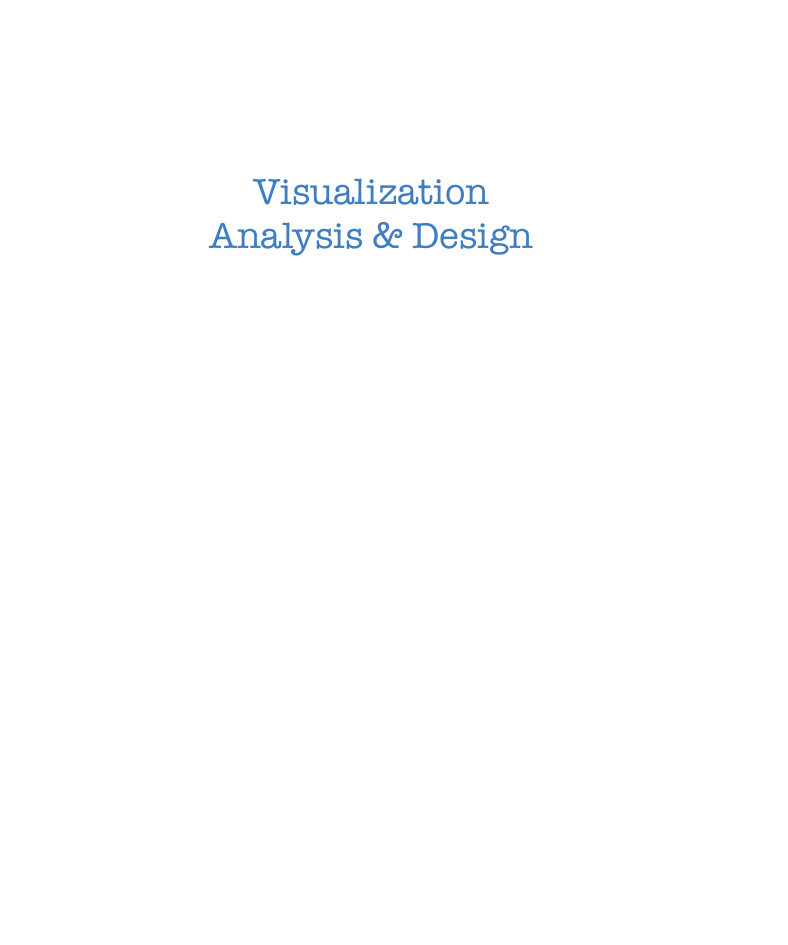
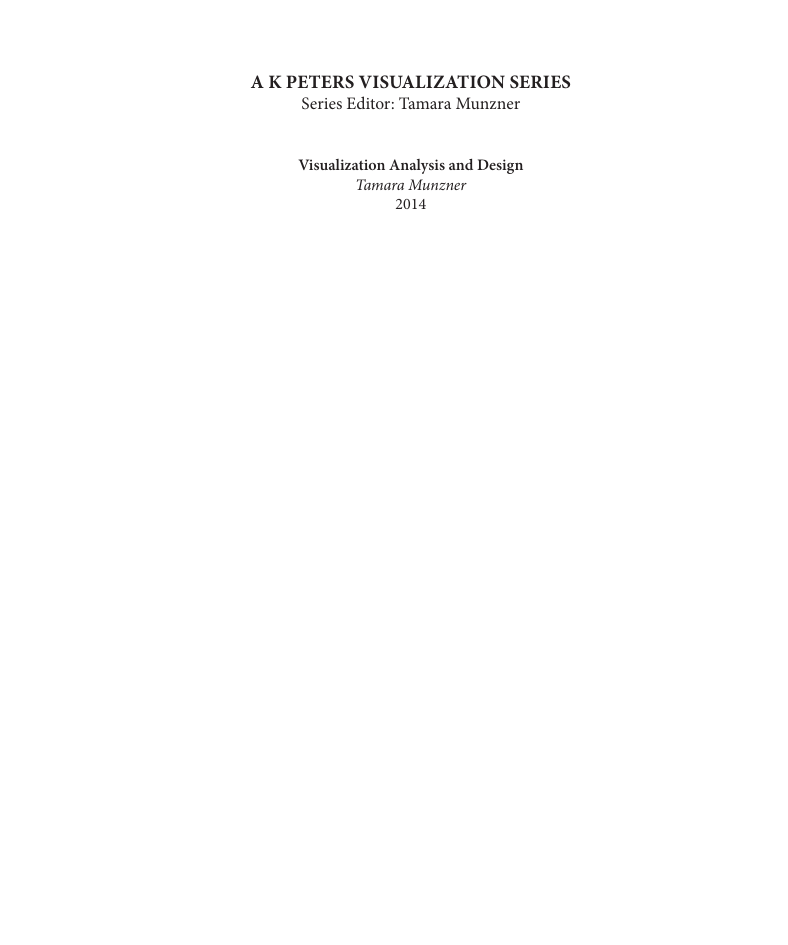
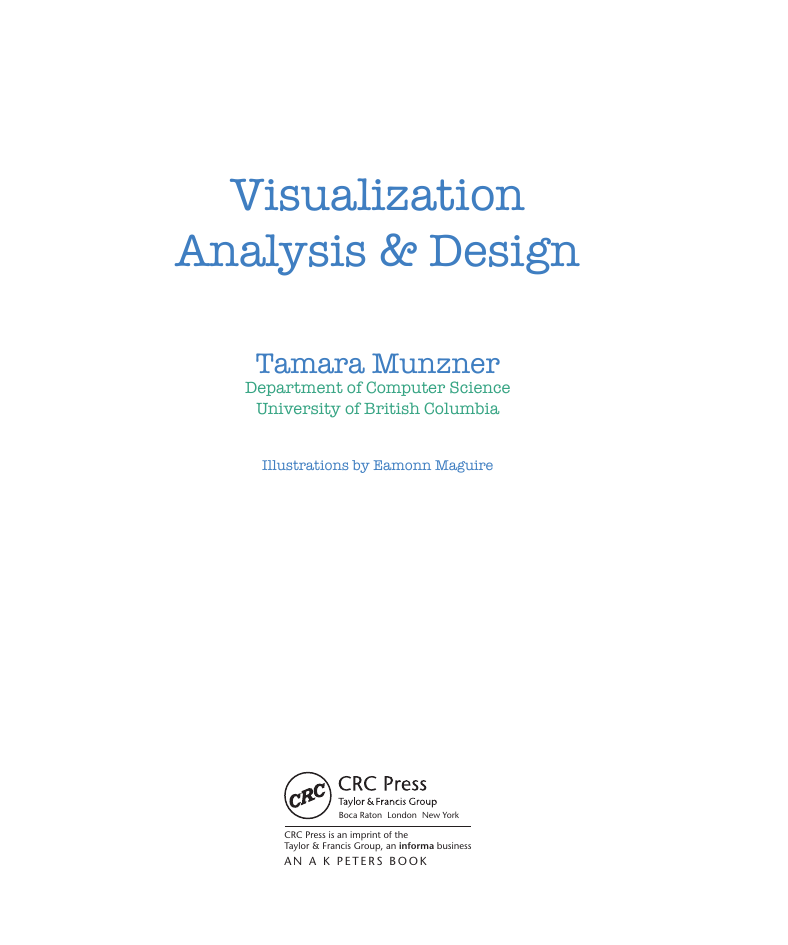
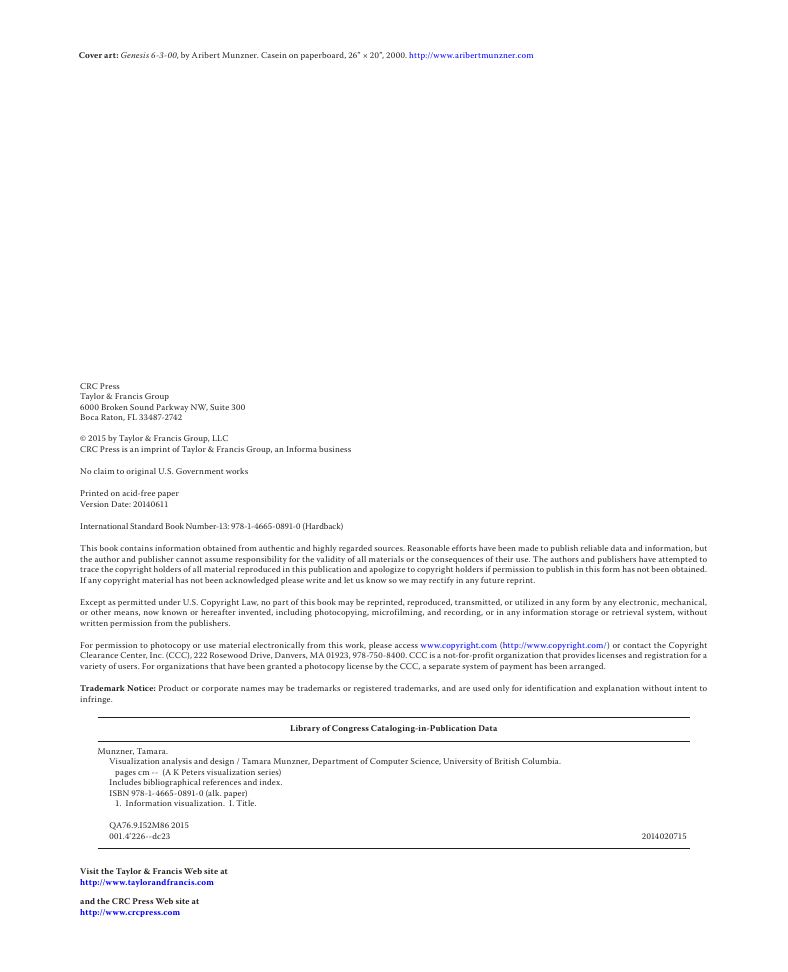

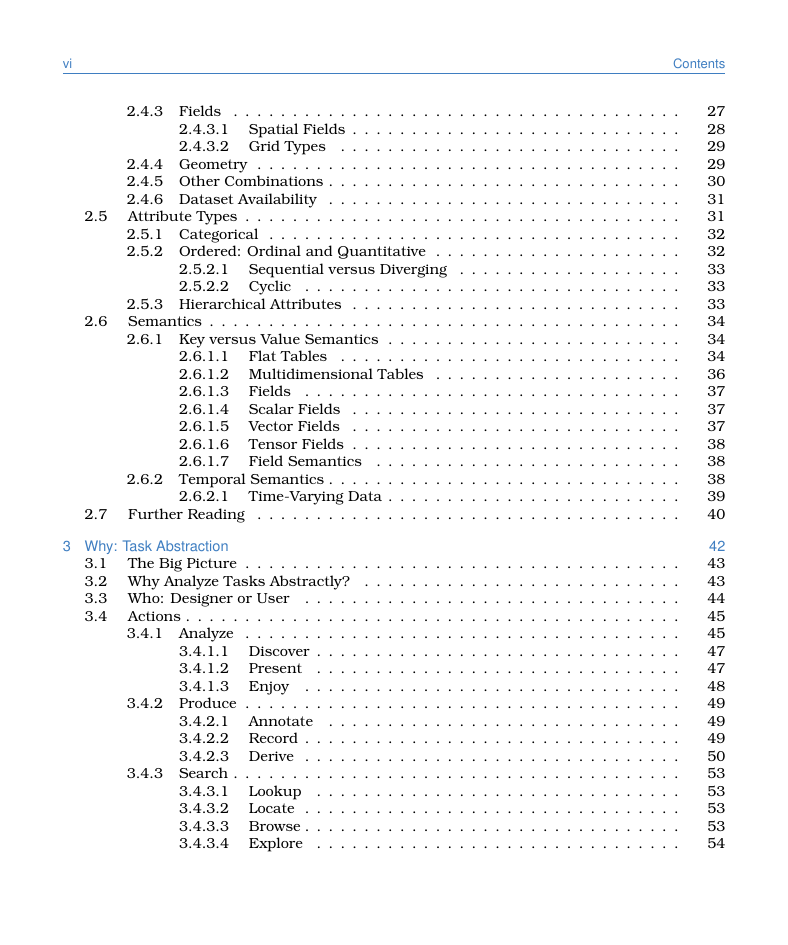
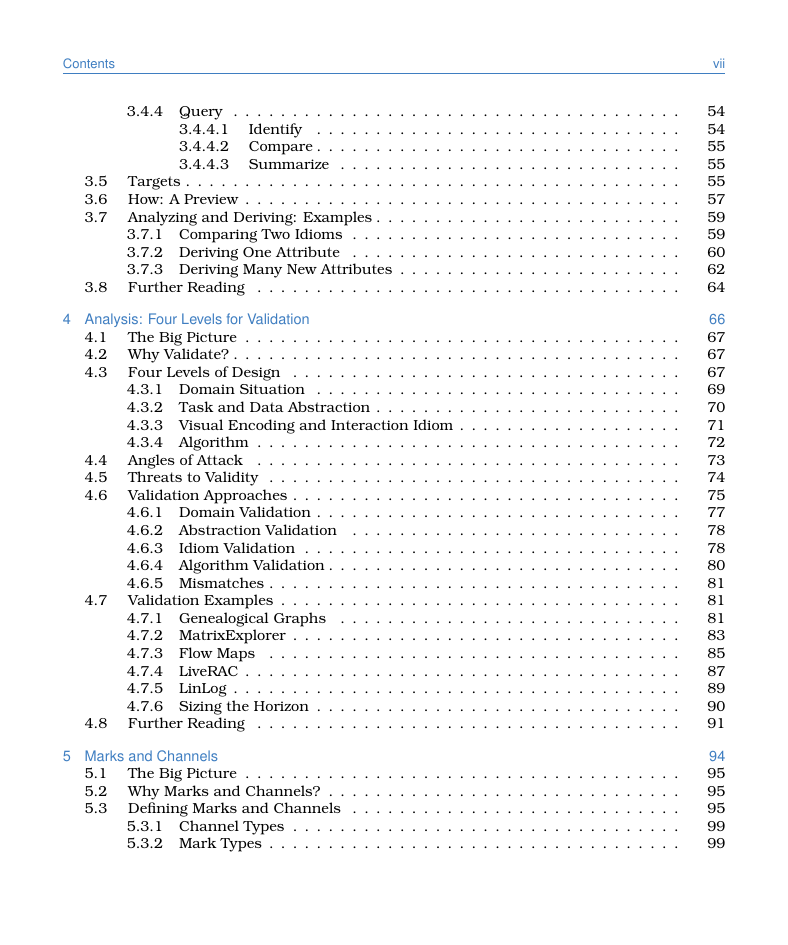
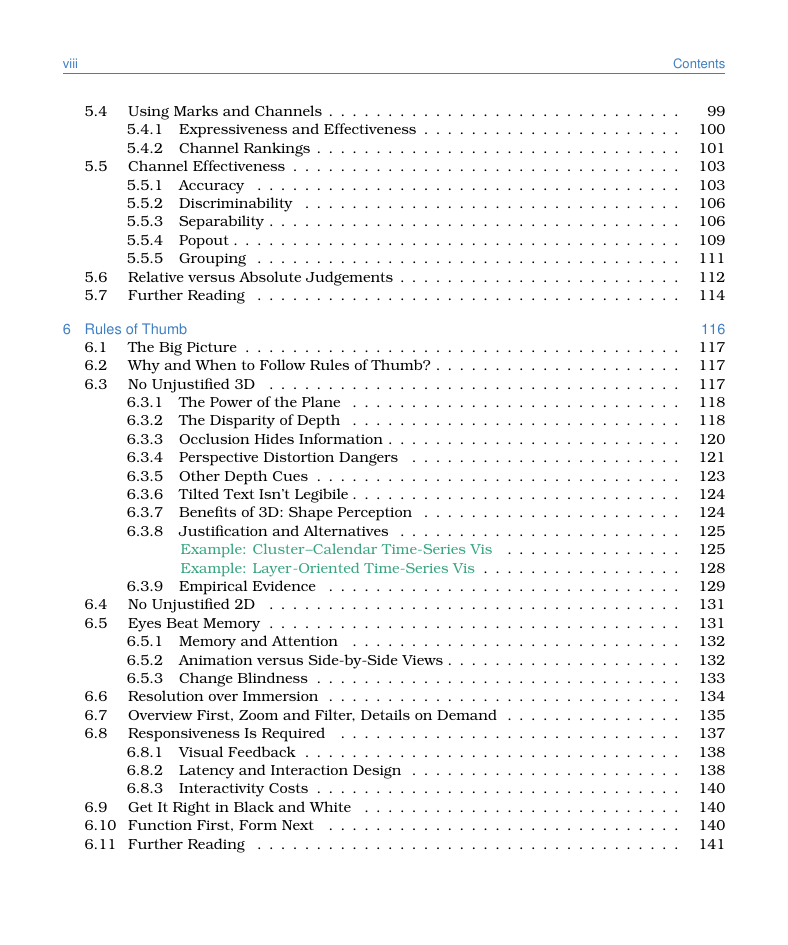








 2023年江西萍乡中考道德与法治真题及答案.doc
2023年江西萍乡中考道德与法治真题及答案.doc 2012年重庆南川中考生物真题及答案.doc
2012年重庆南川中考生物真题及答案.doc 2013年江西师范大学地理学综合及文艺理论基础考研真题.doc
2013年江西师范大学地理学综合及文艺理论基础考研真题.doc 2020年四川甘孜小升初语文真题及答案I卷.doc
2020年四川甘孜小升初语文真题及答案I卷.doc 2020年注册岩土工程师专业基础考试真题及答案.doc
2020年注册岩土工程师专业基础考试真题及答案.doc 2023-2024学年福建省厦门市九年级上学期数学月考试题及答案.doc
2023-2024学年福建省厦门市九年级上学期数学月考试题及答案.doc 2021-2022学年辽宁省沈阳市大东区九年级上学期语文期末试题及答案.doc
2021-2022学年辽宁省沈阳市大东区九年级上学期语文期末试题及答案.doc 2022-2023学年北京东城区初三第一学期物理期末试卷及答案.doc
2022-2023学年北京东城区初三第一学期物理期末试卷及答案.doc 2018上半年江西教师资格初中地理学科知识与教学能力真题及答案.doc
2018上半年江西教师资格初中地理学科知识与教学能力真题及答案.doc 2012年河北国家公务员申论考试真题及答案-省级.doc
2012年河北国家公务员申论考试真题及答案-省级.doc 2020-2021学年江苏省扬州市江都区邵樊片九年级上学期数学第一次质量检测试题及答案.doc
2020-2021学年江苏省扬州市江都区邵樊片九年级上学期数学第一次质量检测试题及答案.doc 2022下半年黑龙江教师资格证中学综合素质真题及答案.doc
2022下半年黑龙江教师资格证中学综合素质真题及答案.doc